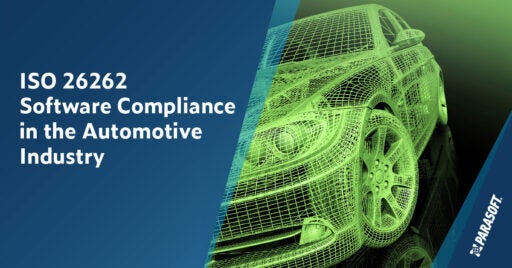Join Us on Apr 30: Unveiling Parasoft C/C++test CT for Continuous Testing & Compliance Excellence | Register Now
Recommended Content

Whitepaper
Guide to CI/CD for Automotive DevOps
Guide to ISO 26262 Software Compliance: Achieving Functional Safety in the Automotive Industry
Get the detailed information you need to learn about ISO 26262 and potential policy-related challenges.

